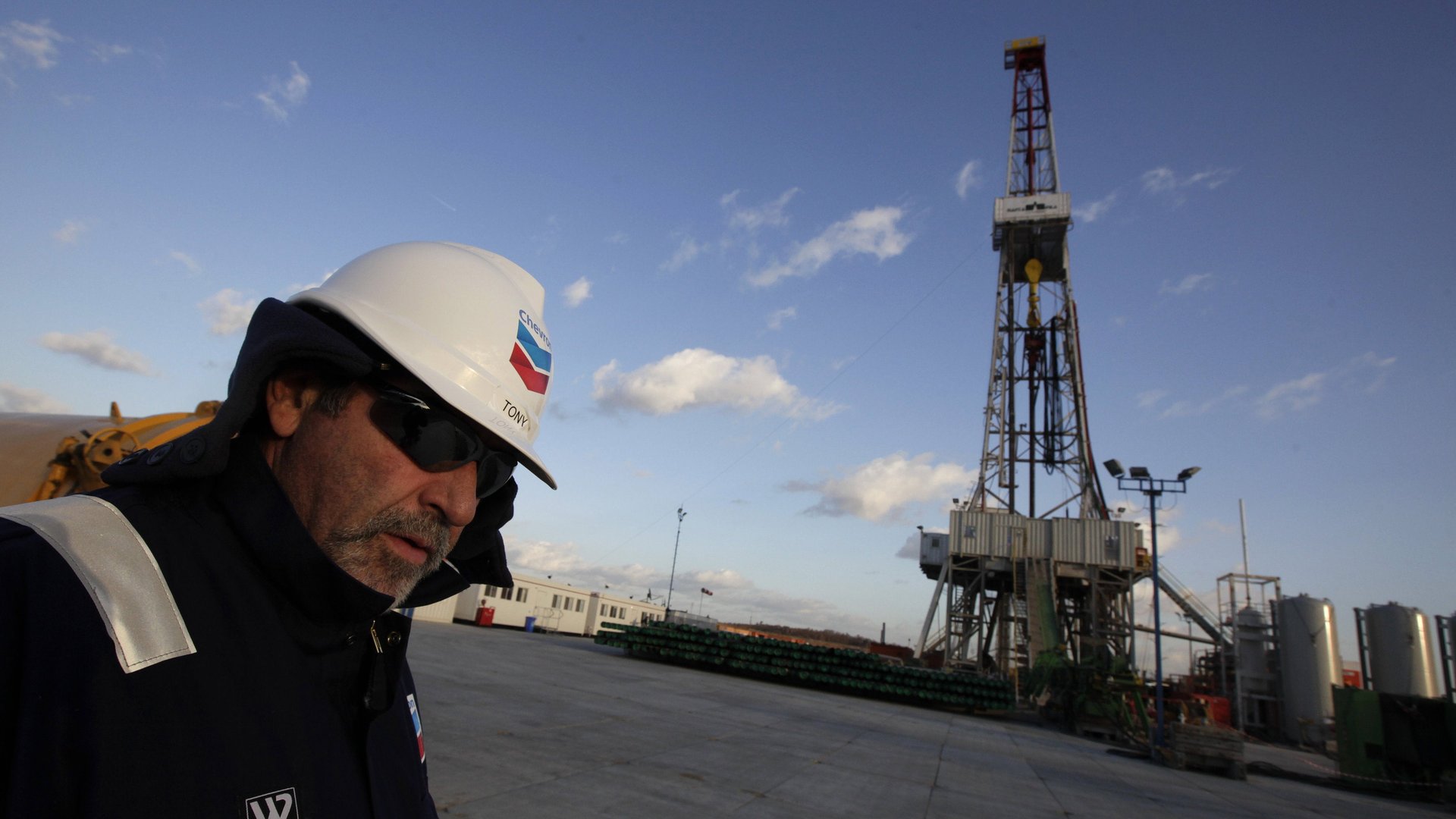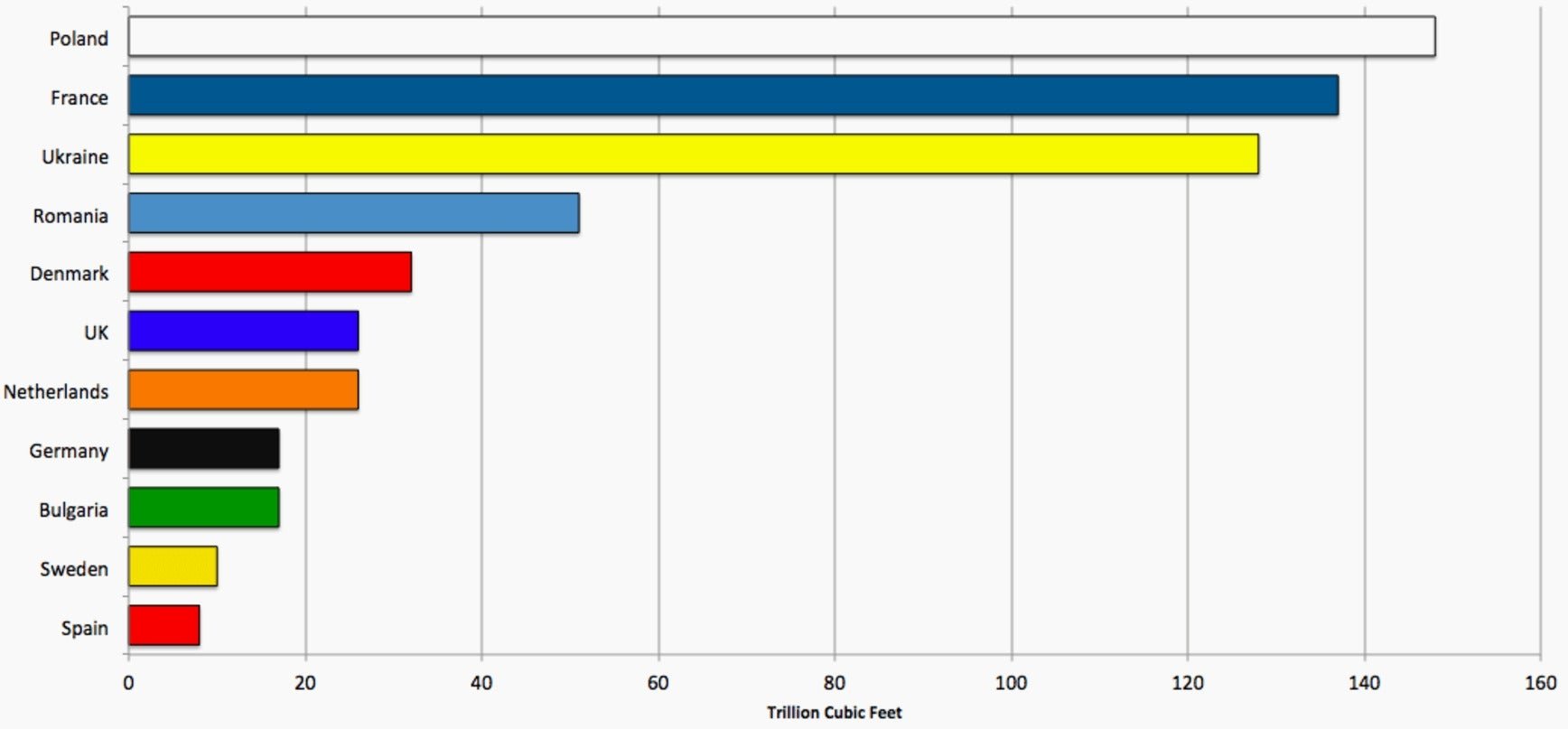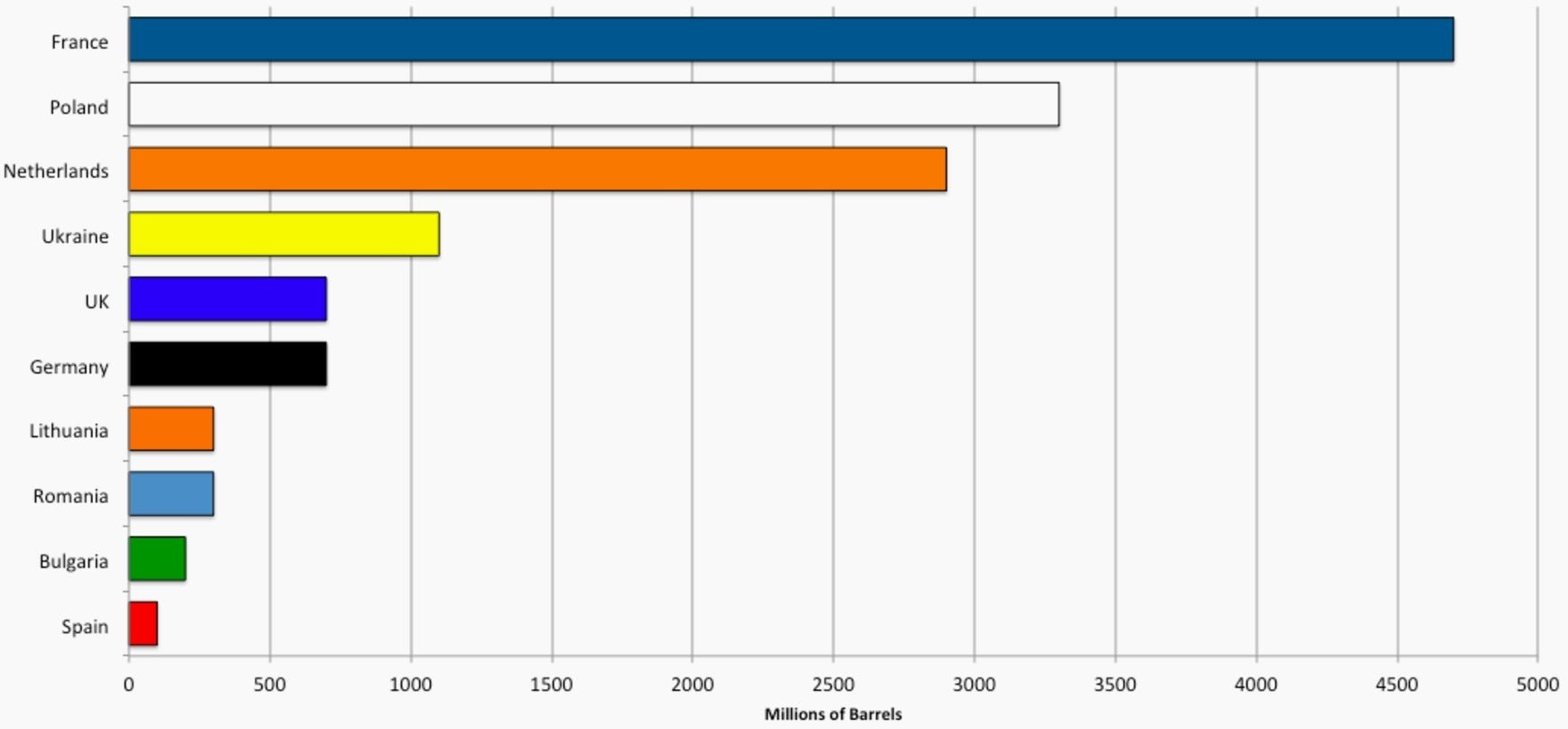Whatever happened to the great European fracking boom?
The European shale gas boom has not materialized in the way that some were predicting. We are a far cry from the situation a few years ago, where interest in fracking in Europe was gathering pace on the back of the successes in North America.


The European shale gas boom has not materialized in the way that some were predicting. We are a far cry from the situation a few years ago, where interest in fracking in Europe was gathering pace on the back of the successes in North America.
The UK appeared to be leading the way, with drilling activities in northwest and southeast England. Companies started snapping up exploration licenses right across the continent, and prospects from Scandinavia to the Urals found themselves being eagerly appraised.
So what’s happened, and what do the prospects for Europe look like now?
Western Europe
Of the countries in mainland western Europe, France has the most potential for unconventional hydrocarbons. The shales of the Paris Basin are thought to have major shale gas and minor shale oil potential, while the Jurassic shales in the southeast of the country may also have some shale gas potential. But a fracking moratorium has been in place since 2011, and was upheld in 2013. For the present, therefore, France ne frac pas.
Germany, like France, has not permitted fracking since 2011. But unlike France, it does not have huge quantities of prospective shale. Most of the potential interest in fracking is for gas from low permeability sandstones and coal beds, and there have been moves recently to permit fracking at depths of more than 3,000 meters.
The only other mainland western European country with significant shale gas potential is the Netherlands. There is considerable public opposition, however, particularly with conventional gas extraction having been linked to subsidence and induced seismicity in the Groningen area. No fracking for shale gas has been permitted so far.
Shale gas in Europe by country

Eastern Europe
With large areas of apparently prospective shale and a government supportive of fracking, Poland looked to be the frontrunner of the European shale gas boom. The reality has been rather more sobering, however.
Many boreholes have been drilled, few have produced the results that were hoped for, and most of the major companies have now withdrawn from the country. Polish shale gas may still prove to be viable in the long-term, but abundant shales and an enthusiastic political leadership do not guarantee fracking success.
Ukraine was also seen as a major exploration target, with prospects for shale gas in both the west and east of the country. Exploration began in both areas, but subsequent political upheavals and the violent conflict in the Donetsk region have ensured that fracking has not taken off and has little likelihood of doing so in the near future.
The prospective shales of western Ukraine continue into Romania and Bulgaria. Romania saw some exploration for shale gas by Chevron, but poor results and environmental protests saw the company pull out of the country in early 2015. Bulgaria, meanwhile, placed a moratorium on fracking in 2012. Hungary and the Lithuania-Kaliningrad region of the Baltic are also thought to have unconventional hydrocarbon potential, but little exploration activity has taken place.
Shale oil in Europe by country

Scandinavia
The only Scandinavian country where shales have proven of interest is Denmark, where the US Geological Survey suggested that there were 2.5 thousand cubic feet (tcf) of onshore gas resources in the Alum Shale.
The government issued a moratorium on fracking in 2012, but Total was allowed to continue with exploration in Jutland and Zealand, with plans to carry out test drilling this spring. There have been reports that the government may consider lifting the moratorium if Total decides to go ahead with fracking on the back of good results.
Southern Europe
The geology in southern Europe is tectonically complex. There are few shale basins, so the region has seen very limited interest in fracking. The Jurassic shales of the Basque-Cantabrian basin of northwest Spain are considered to have some potential for shale gas, and some exploration has begun there.
What happens next?
It is clear there are very few European countries in which fracking is likely to happen any time soon, if at all. Many apparently prospective European shales have turned out to be more geologically complicated than expected.
This is related to the fact that although shale is a very common rock, it has not been a common subject of research—at least until recently. Much remains to be understood about how shales form, how they vary, and how they behave when fracked.
Environmental and political concerns have also come to the fore more than might have been anticipated, while the oil-price slump has made all efforts look much more expensive than they did a year ago.
For the companies concerned, this has changed the economics—particularly where the geology has proven complex. Europe’s shales were always going to be different to those of North America. To major companies, they now look a great deal less enticing.
Nonetheless, it is crucial that fracking research continues. A good understanding of shale geology is still in its infancy. If fracking is to take place anywhere in Europe, baseline environmental information from potential fracking sites needs to be collected, analyzed, and made publicly available, along with long-term monitoring data.
Shale scientists must also develop meaningful dialogues with the public, explaining what we know and don’t know about the possible risks. The Research Fracking in Europe (ReFINE) project is involved in this work, looking at things like how far hydraulic fractures go, how large an earthquake fracking can cause, and the likelihood of leaks from shale-gas wells.
Meanwhile the EU announced several weeks ago that it was awarding €12 million ($12.7 million) to researchers looking at the environmental impact of fracking, and the risks of chemicals and gases being dispersed below the ground. Europe might never lead the world in fracking, but it can lead the world in fracking research.